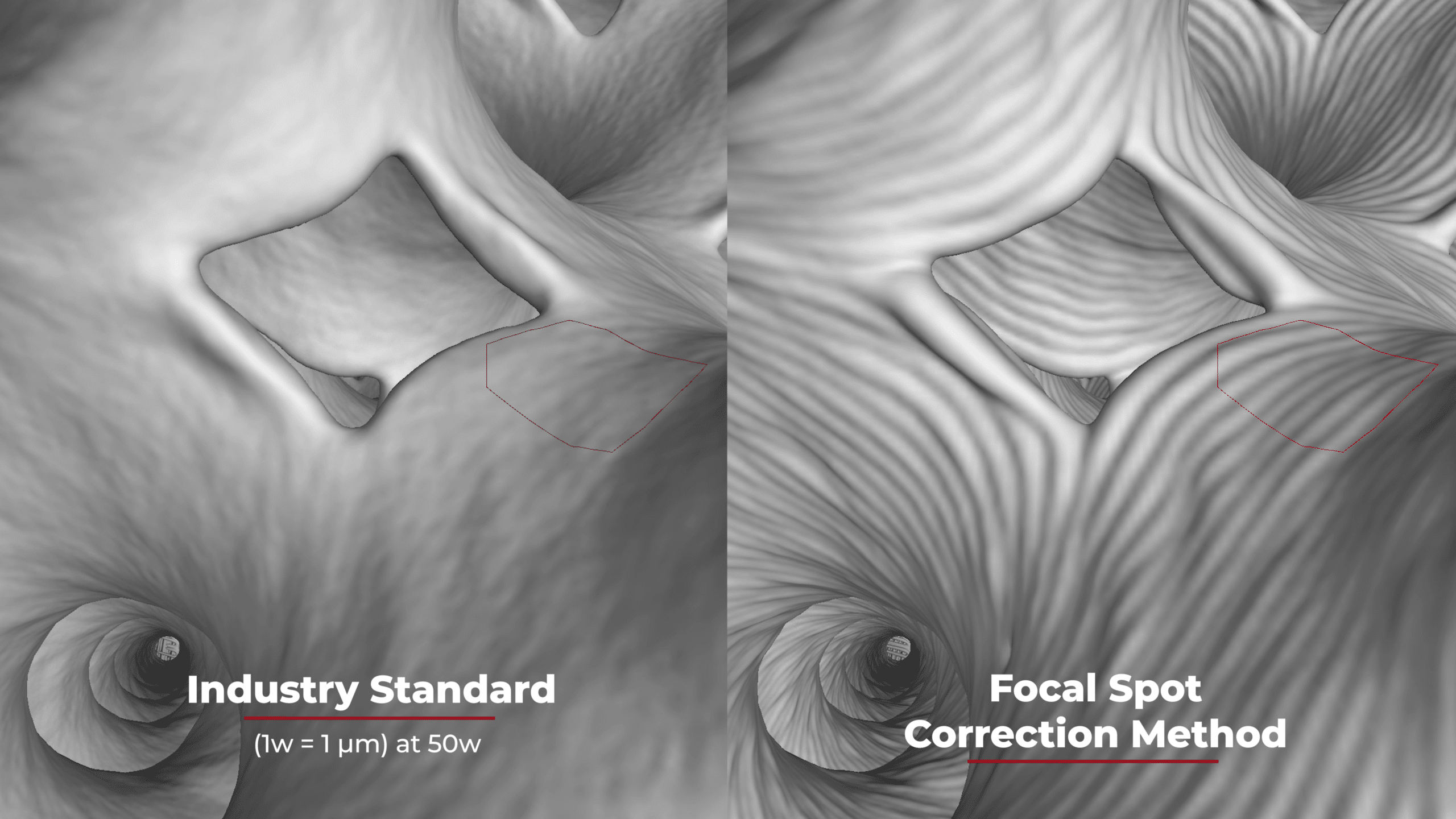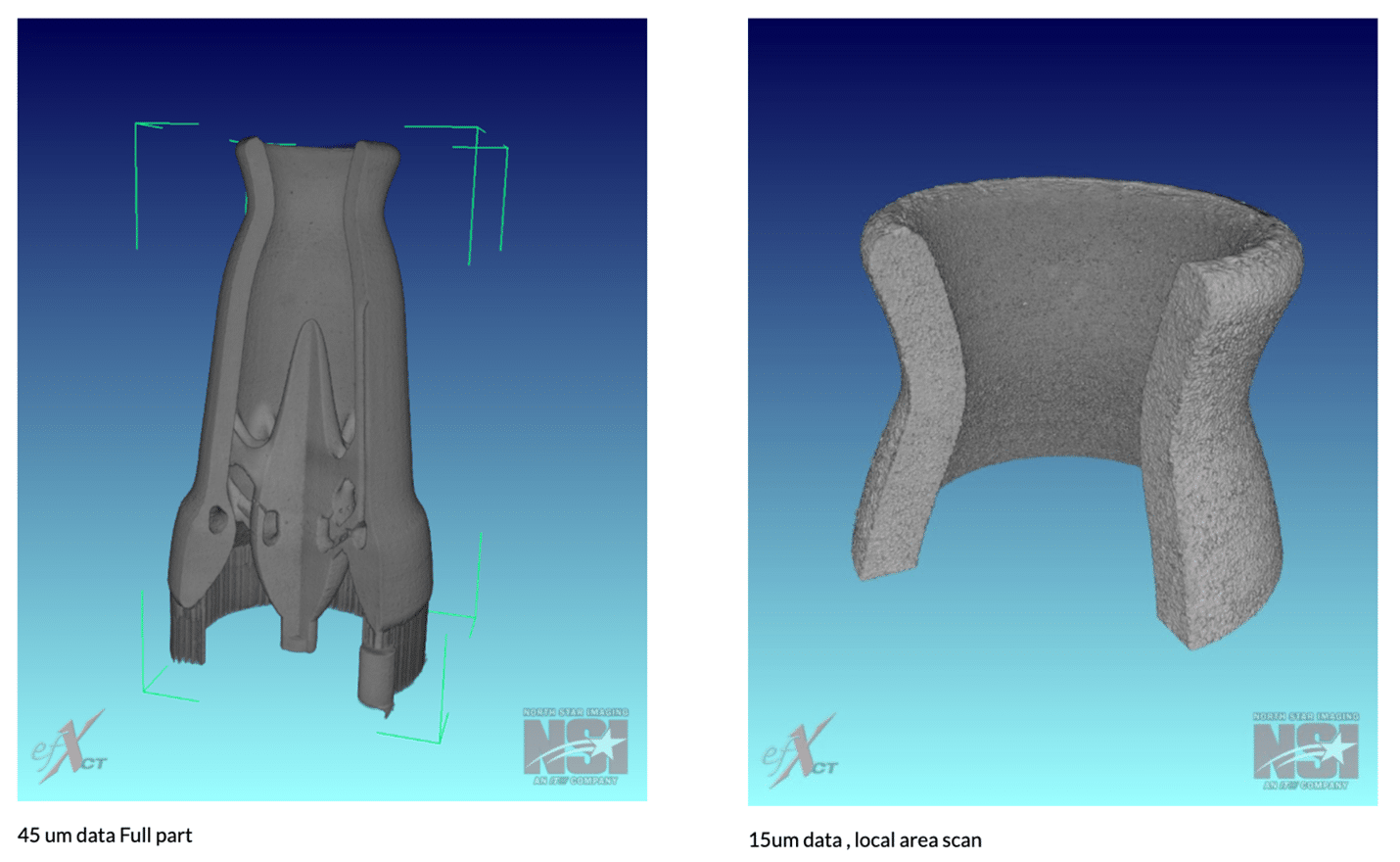Characterization of the effects of detector angular misalignments and accuracy enhancement of X-ray CT dimensional measurements
Authors:
Valentina Aloisi, Joseph Schlecht, Eric Ferley, Simone Carmignato
North Star Imaging, Inc., Rogers, MN, USA,
e-mail: valoisi@4nsi.com, jschlecht@4nsi.com, eferley@4nsi.com
Department of Management and Engineering, University of Padova, Stradella San Nicola, 3, 36100 Vicenza, Italy
e-mail: simone.carmignato@unipd.it
9th Conference on Industrial Computed Tomography, Padova, Italy (iCT 2019)
Abstract
Among the influence factors affecting CT measurement chain, the study and analysis of CT system geometrical errors is of primary importance. In fact, the system geometry provides the necessary information to fully describe the geometry of data acquisition and performing the tomographic reconstruction on which all the dimensional analyses are based. In this work, different sets of CT experimental investigations, performed with a calibrated ball plate, were specifically designed to investigate the effects of CT system detector angular misalignments on CT measurement results. After characterizing the effects produced by each detector angular misalignment on CT measurement results, the paper shows results from NSI proprietary automatic method that effectively corrects for detector misalignments providing a significant enhancement of CT measurement accuracy.
Introduction
Fundamental requirements for using CT systems as coordinate measuring systems (CMSs) for traceable coordinate metrology are the study of measurement accuracy and the establishment of traceability to the unit of length, the meter. Due to their complex nature, CT scanning technology and thus CT measurements are affected by multiple error sources that complexly interact in the measurement chain. The German guideline VDI/VDE 2630-part 1.2 [1] provides a detailed description of the factors influencing CT dimensional measurements. Examples of these influence factors are CT scanning parameters, workpiece properties (e.g. material, size, surface roughness), geometrical errors, software and data processing etc. Because of the multitude of these influencing quantities and the complexity and non-linearity of their interaction, CT measurements traceability is a major challenge for metrological applications. In particular, the assessment of measurement uncertainty, which is essential for traceability establishment, is one of the most critical tasks. Among the influence factors affecting CT measurement chain, the study and analysis of CT system geometrical errors is of primary importance [2,3]. As for most precision measuring instruments, the design of a CT system involves the assembly of several components, the most important of which are the X-ray source, the rotary table and the detector. In the majority of the systems, moreover, at least one of these components, i.e. the rotary stage, is moved e.g. on linear guideways to reach the desired configuration or set-up to perform the CT scan. The physical structure of a CT system is therefore itself a source of measurement uncertainty. The determination of the CT system geometry is a crucial step. In fact, the system geometry provides the necessary information to fully describe the geometry of data acquisition and performing the tomographic reconstruction on which all the dimensional analyses are based. An error in the determination of the CT system geometry (i.e. geometric set-up) or the presence of geometrical errors not accounted for during the reconstruction could affect all the subsequent steps in the measurement chain and could lead to artifacts, distortions and measurement errors in the reconstructed volume [2]. It is evident therefore that it is extremely important to investigate and quantify the influence of CT system geometrical errors on CT measurements.
Download the Full Whitepaper
Fill out the short form below to continue reading.


